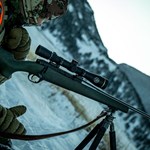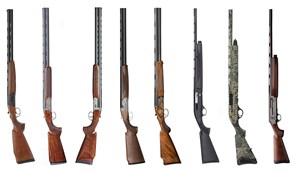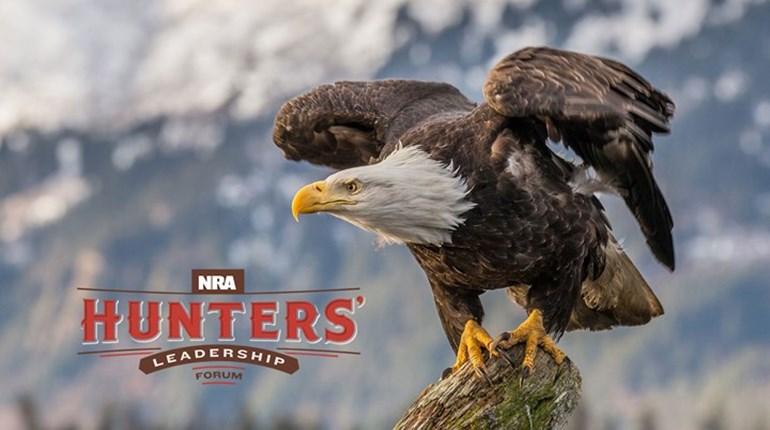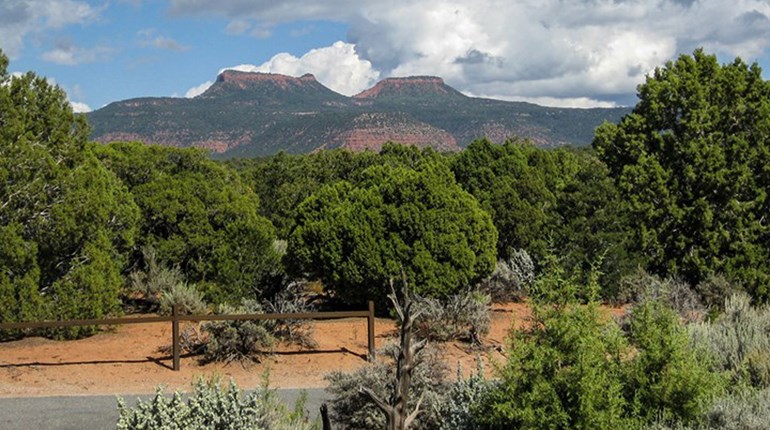
Today, we're presenting a fascinating excerpt from the NRA Hunters' Leadership Forum's new book, How to Talk About Hunting.
Some anti-hunters claim that hunting is not necessary to control animal populations because the use of contraceptives or sterilization is a better, non-lethal way to achieve the same goal. However, attempts to use contraceptives and sterilization, as well as studies on their feasibility for population control, have demonstrated that these methods are not practical for widescale use, and not feasibly possible on open (i.e., non-fenced) populations where other wildlife can migrate into the area.
Starting the discussion with sterilization, a wildlife management study at Cornell University found that, "Despite our efforts during the first five years of this study, it became clear that we could not reduce deer numbers on Cornell lands to a level that alleviated negative impacts, such as deer-vehicle collisions and overbrowsing." An alternative to sterilization is the use of immunocontraceptive vaccines, but they have proven less effective than sterilization; as the Cornell study states, "our own experience suggests that culling is the most cost-effective management option."
- Surgical sterilization of female deer is very expensive and limited by scale.
- Sterilization requires that more than 90% of the female deer be treated, an extremely high rate to achieve in the field.
- "The entire procedure costs about $1,000 per animal, on average. However, this cost per deer is not constant because the easy-to-capture deer are treated first with little effort. Yet much greater effort is needed to catch the last remaining individuals. This greatly increases treatment costs per deer ... at or more than $3,000 per animal."
- Once the initial sterilization goal was reached, there would be ongoing annual costs to treat immigrating females.
Regarding immunocontraceptives:
- The Cornell study stated: "Due to the high cost, this will only be feasible in affluent communities, or with the help of donors."
- They require that more than 90 percent of the female deer be treated, an extremely high rate to achieve in the field. Further, booster shots are often required.
- Field experiments found difficulty in keeping free-ranging deer on a booster schedule.
- Another community's attempt at immunocontraceptives proved difficult. In its third year of the program, biologists had vaccinated only 48 deer, estimated to be less than half the population, and far less than was necessary for the program to be effective.
- There is some evidence that an immunocontraceptive can alter deer behavior in ways that harm the deer. The does can have a longer estrus period, meaning that they would be chased by bucks for months instead of only days. It is unknown but probable that this extra energy use could lead to stress and weight loss, which in turn would lead to more mortality in the winter.
- Steroidal drugs persist in deer carcasses, so that they can impact other species (such as humans) after eating the meat.
Cornell indicated that communities considering, or being forced into, a deer sterilization program by opponents of deer removal "should be prepared to only achieve small reductions in deer numbers." In fact, communities that tried sterilization only have subsequently changed to lethal deer management, e.g., culling or hunting ... "or allowed deer populations to persist at undesirable levels."















































